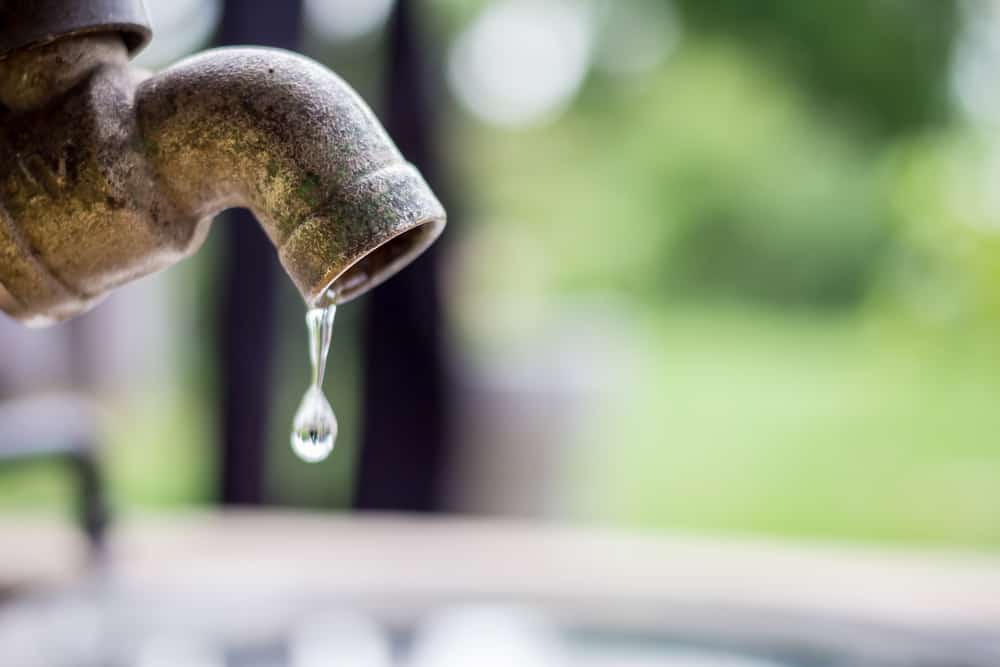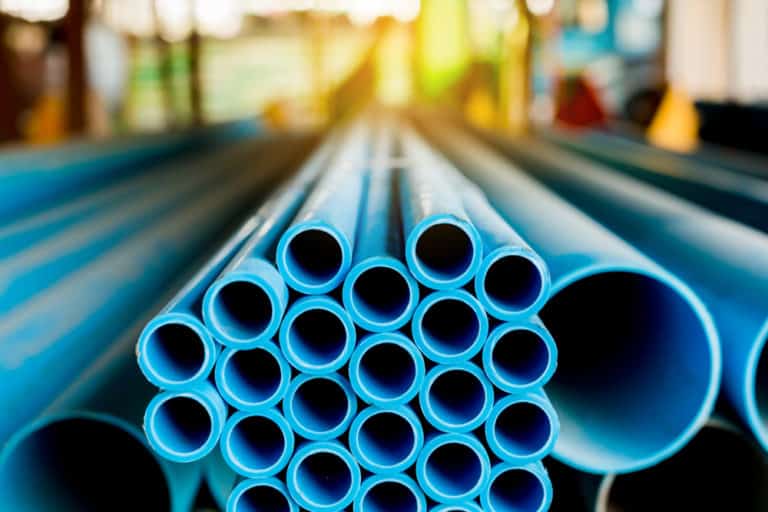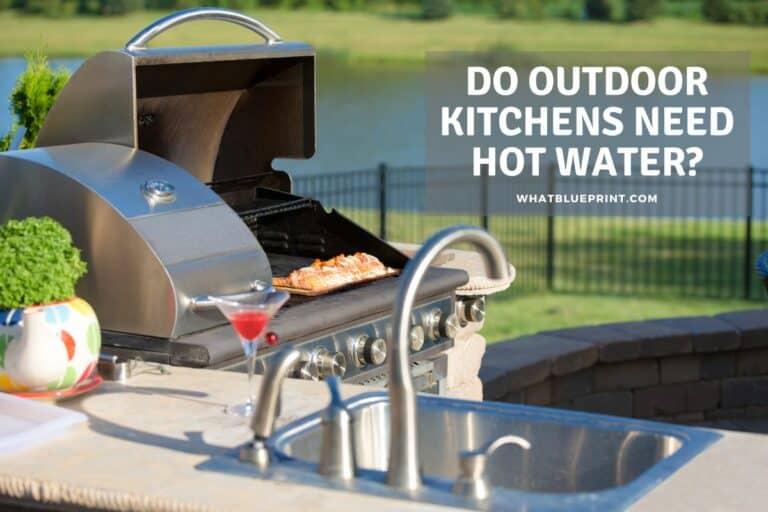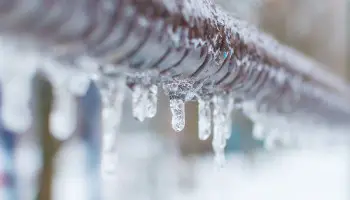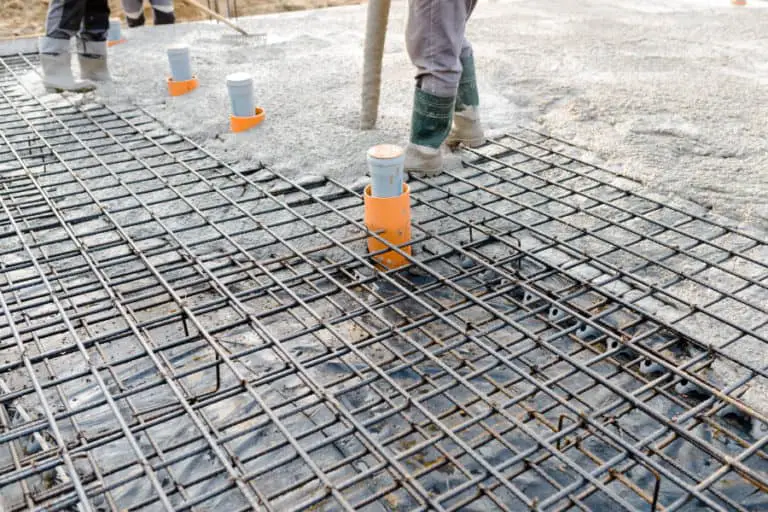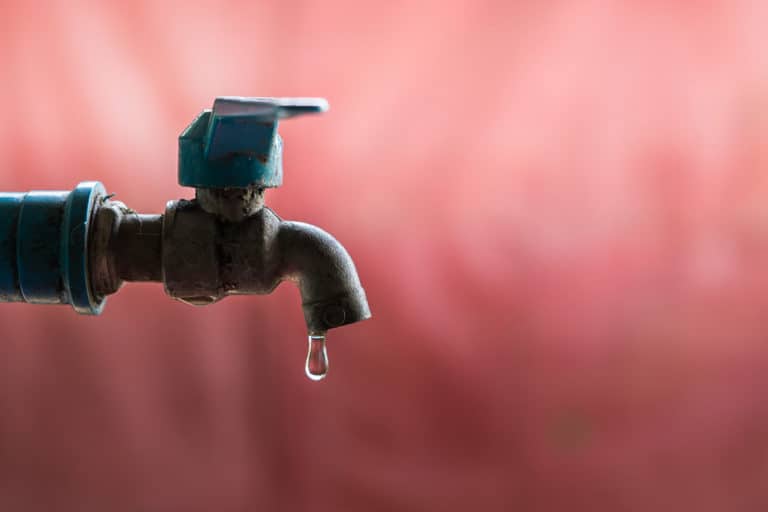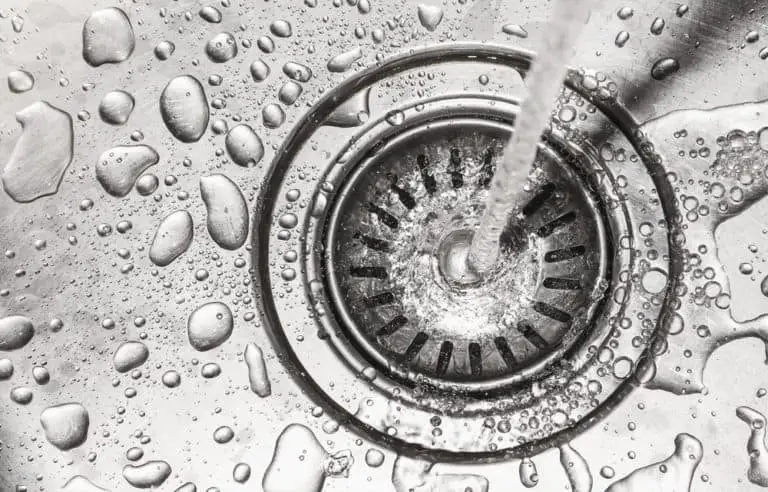Should You Drip Outside Faucets?
Almost every home has its own outside faucets. During the wintertime, your plumbing system can be at risk of getting damaged due to the cold temperatures. The question now is if dripping an outdoor faucet can help reduce the risk of freezing from happening.
You should not let your outside faucets drip. Outside water fixtures are too exposed to outside weather conditions for dripping to work. It’s a better option to drain your outside water fixtures, prevent water from freezing inside their pipes and have the faucet insulated.
Read on as we’ll be going into outside faucets, how to prepare them for winter, insulation, how to protect your outdoor faucet, etc.
Outside faucets: A brief overview
We’ll first get into how an outside faucet works and how it relates with the rest of the plumbing system inside your home. You need to know how they’re usually constructed and how they function so that you can understand why dripping doesn’t work.
- How a faucet works
Faucets work by blocking off the water with a stopper (when closed). If you turn on the faucet, the stopper is released from the hole and exposes the water inside the faucet to the air pressure outside, which allows the water to flow out of the faucet.
If a faucet were to freeze, this screw mechanism could easily get damaged. When water turns to ice, it expands by around 10%, so if the water pipe attached to your faucet were to freeze, it could easily destroy the stopper of your faucet, which can lead to even more problems.
- How an outdoor faucet is designed
For obvious reasons, outdoor faucets are quite different from faucets you would find in your sink or bathroom. Your outdoor faucets will most probably have a higher water pressure than indoor faucets because they’re designed to be used with hoses to fill up containers (ex. buckets), and they’re also usually the only water fixture available along that line.
It’s not uncommon for a single water faucet to have its own gate valve, considering how distant it can be to the other plumbing fixtures inside your house.
Insulating your outside faucets
Since we can’t control the outside environment, we will be limited to only insulating the outside faucet itself. As we mentioned earlier, nearly every home has an outdoor faucet. Since they’re so susceptible to freezing, the industry has developed specific insulation devices for them.
A foam outdoor faucet insulator should do the trick. Faucet insulators work by protecting the faucet’s two integral parts: the faucet hole (which air can go in and out of) and the stopping mechanism (the stopper and the handle) from freezing temperatures. Aside from keeping the cold temperatures out and keeping the warm temperatures in, faucet insulators also prevent little critters from using your faucet as a shelter.
Note that insulation is really only effective if there’s a heat source and that faucet insulation is different from regular insulation (for walls, ceilings, and floors). If your outside faucet is attached to your house, then the warm temperature from inside should provide a sufficient amount of heat to the outdoor faucet (given that you have insulation installed).
How to properly protect your outside faucets from freezing
We’ll now be going into how you can protect your outside faucets from freezing. What we want to do is to make sure that the pipes connected to your faucet are drained, the faucet itself is insulated, and that we do regular checkups to make sure nothing goes wrong.
- Inspect the faucet
Inspect your outdoor faucet for any cracks, deformations, etc. It’s no use trying to insulate or save something that has already been compromised.
- Drain the faucet pipe
To prevent your outside faucets from freezing or cause your pipes to freeze, we will need to drain the pipe leading up to it. This can be done by turning your gate valve to halt the water supply for your faucet’s pipe and turning on your faucet to let all the water leave that pipe.
As we mentioned earlier, we want to prevent your outside faucet from getting damaged from the water freezing in your pipes. There’s a possibility that your faucet can burst if too much pressure is placed on its stopper.
- Install the insulation
Most faucet insulators are quite easy to install and do not require any professional help. Any home-service store should have them available, and they also already come with instructions.
The main function of faucet insulators is to prevent heat from escaping the faucet, heat that comes from your home, and to prevent the cold from directly attacking it.
- Routine check ups
Even with all these measures in place, you should remain vigilant throughout the wintertime. Always check your outdoor faucets from time to time. When the weather gets a bit warmer, you should try to use your outdoor faucet to check for any leaks.
Insulating your outside faucet really is quite simple and can easily be done within an hour. It’s just one part of the process of preparing your home for the winter season.
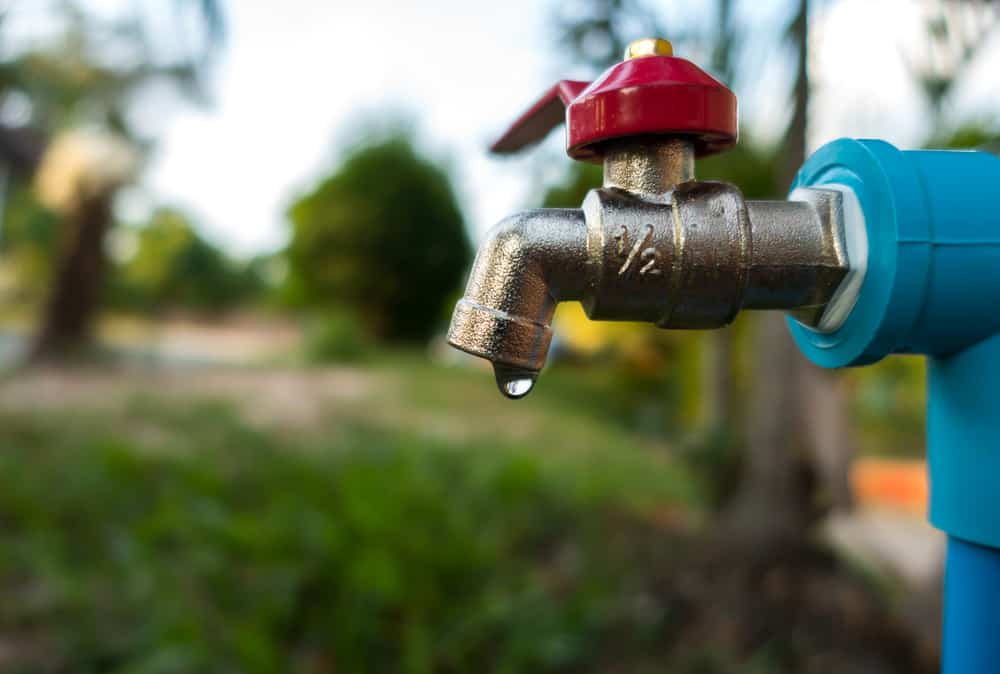
Dripping outside faucets
Having your water fixtures consume a bit of water regularly allows the water within your plumbing system to be in constant motion. Even if this motion is not that significant, moving water does not freeze unless under extreme circumstances.
There are times when you should NOT let your faucet drip. These are the scenarios in which you should not drip your faucets:
- If your plumbing fixture is directly exposed to the elements, then having them drip will not help that much.
- If you suspect that your water pipe, the one leading to your outside faucet, is already frozen shut, then we do not recommend that you let your faucet drip. There’s a chance that the pressure might build up within your pipe, which can add up over days of dripping and cause the pipe to burst open or deform.
For outdoor fixtures, like faucets, which are heavily exposed to the outside elements. Dripping really doesn’t work to prevent your fixture from freezing. It only takes 6 hours of exposure to 20-degree temperatures for a pipe to freeze. With that said, an outdoor faucet can easily be exposed for an even longer period of time, and to even lower temperatures and dripping won’t be able to do much in those types of conditions.
Frost-free faucets
Frost-free faucets are outdoor faucets that are designed to be able to handle freezing temperatures without breaking. It does this by having its own built-in drainage system to prevent water from building up within the stopper’s area and having its water pipes located somewhere along with the warm areas of your home.
They’re not too hard to install and can be a good replacement for your current outside faucets if your area always experiences cold temperatures. If you experience severe cold weather, then it’s recommended that you still have it insulated since it’s still possible for Frost-free faucets to freeze.
Conclusion
To sum it all up, dripping does not help prevent outside faucets from freezing. Instead, you need to drain the water pipe connected to the faucet and insulate it. Outdoor faucets are one of the most exposed water fixtures in your home, don’t expect that you’ll be able to use them often throughout winter if you want to avoid any freezing.

